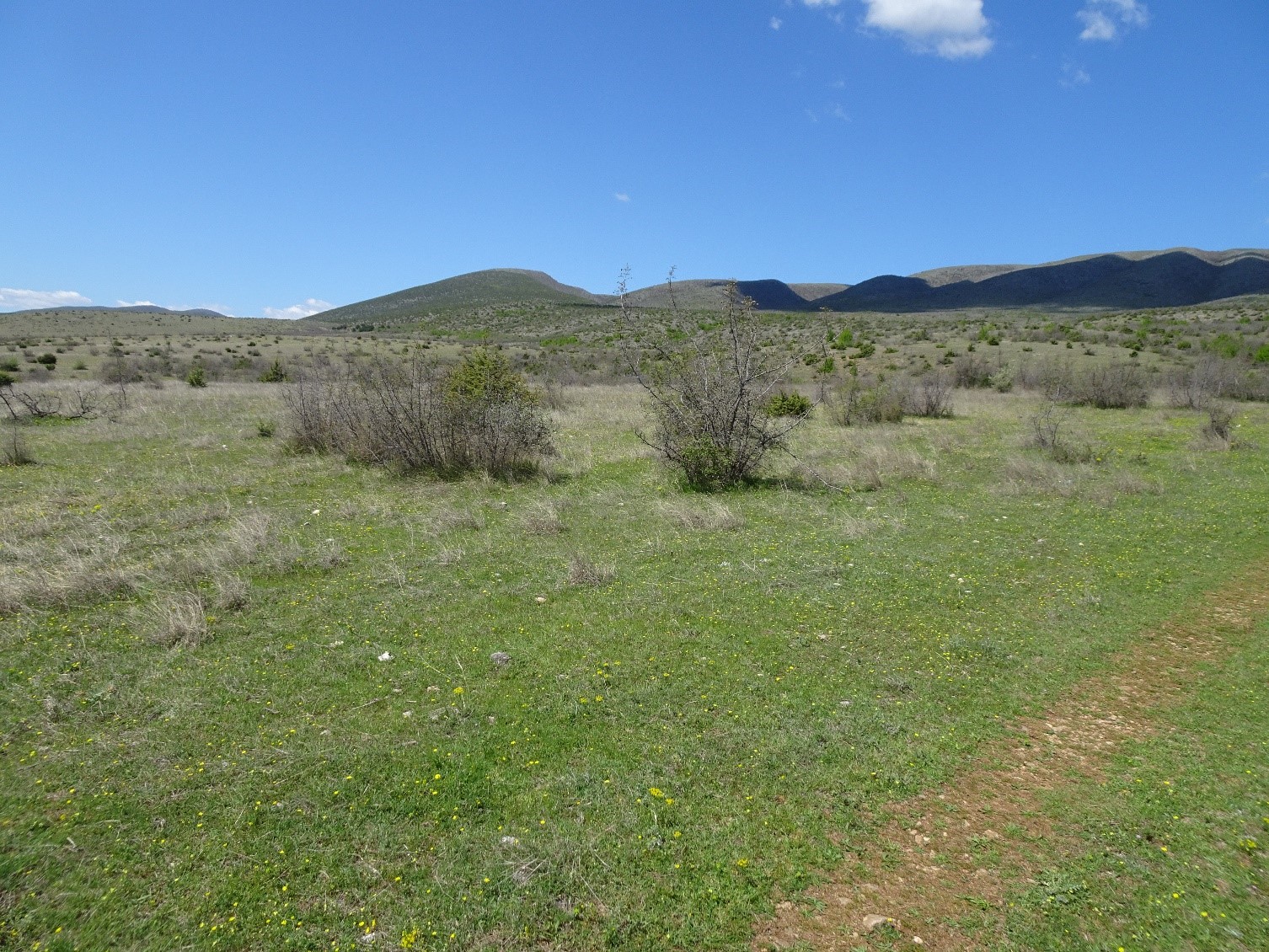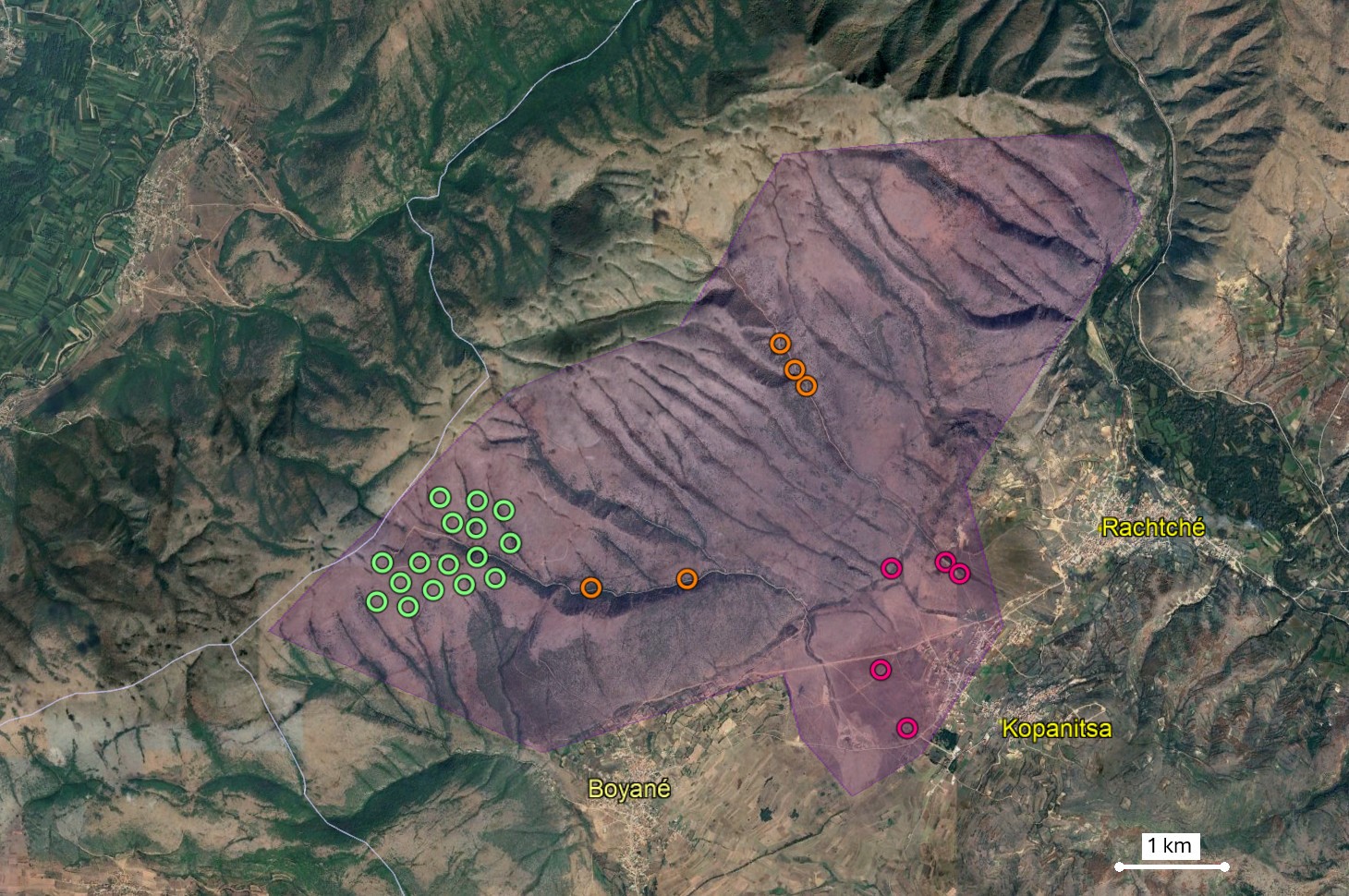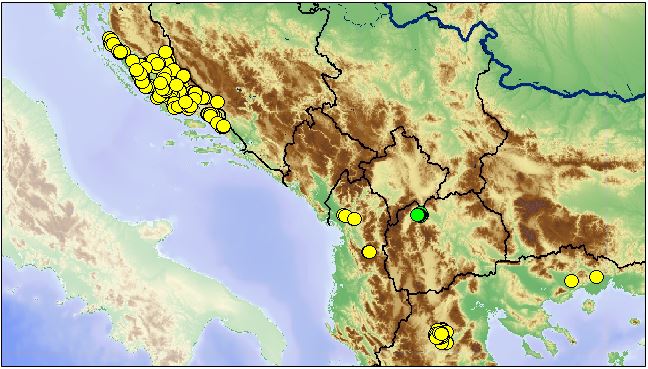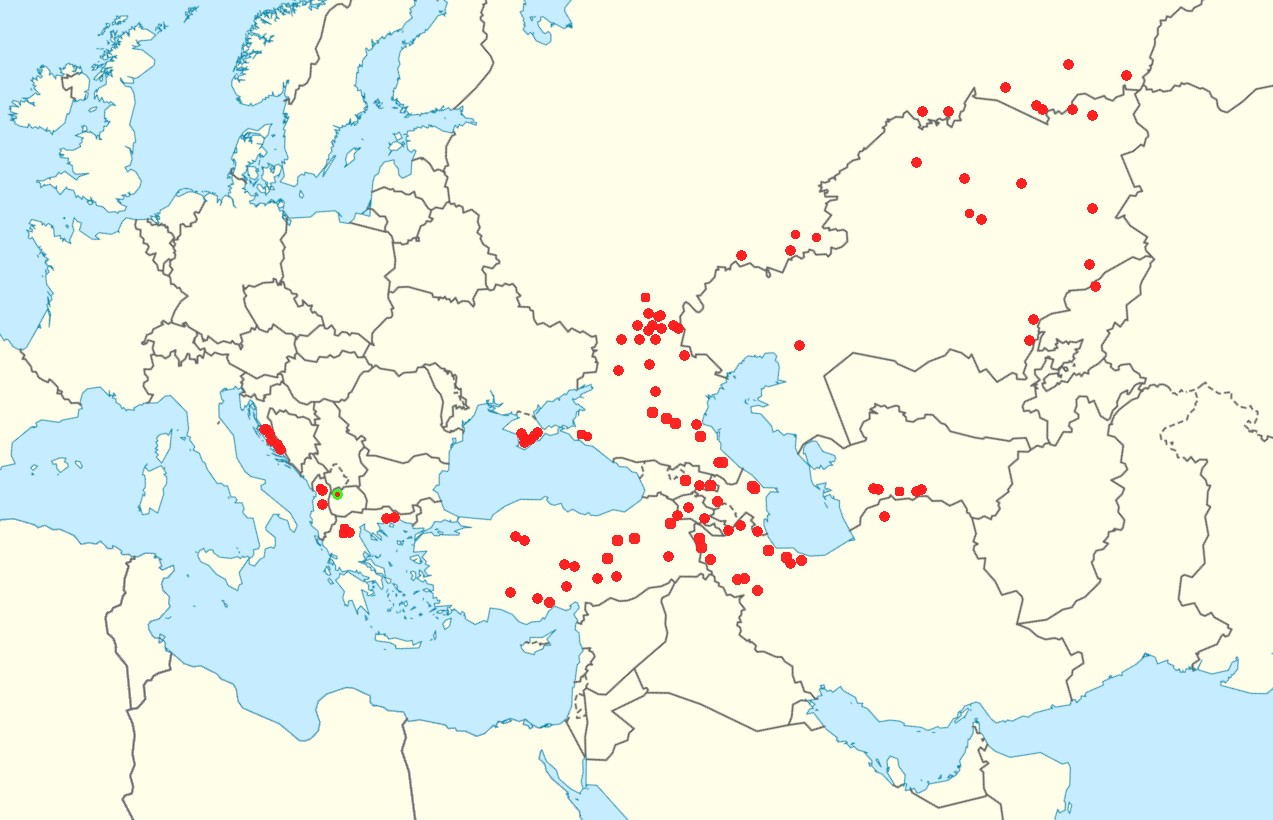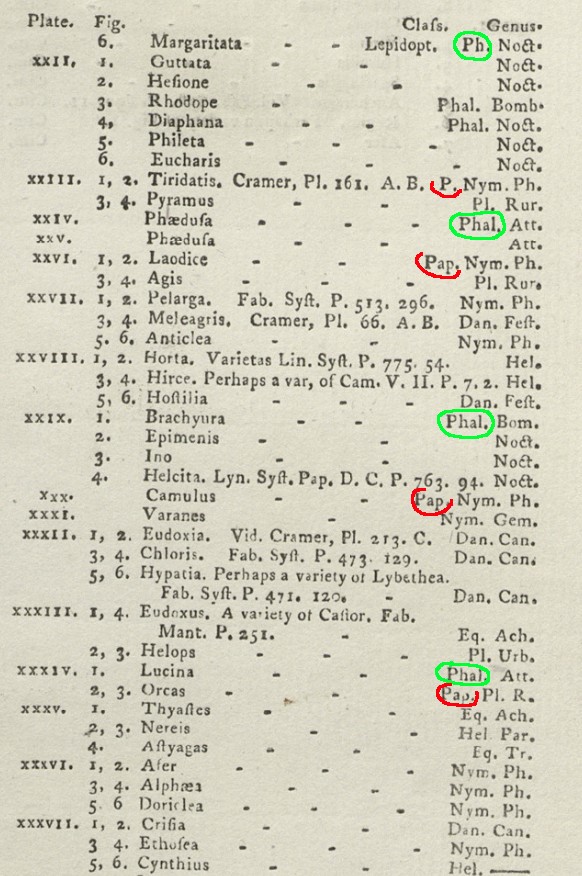Archives of Western Palearctic Lepidoptera Open Source Research on Western Palearctic Lepidoptera |
AWPL 2025 (2): 21-30 |
|
|||||||||
© 2025 Archives of Western Palearctic Lepidoptera.
All Rights Reserved. |
|||||||||

